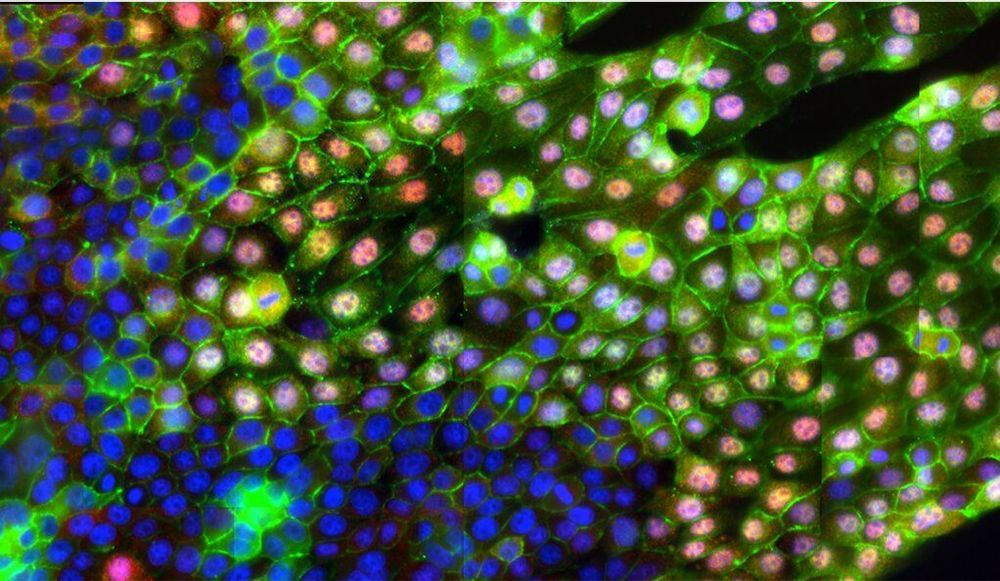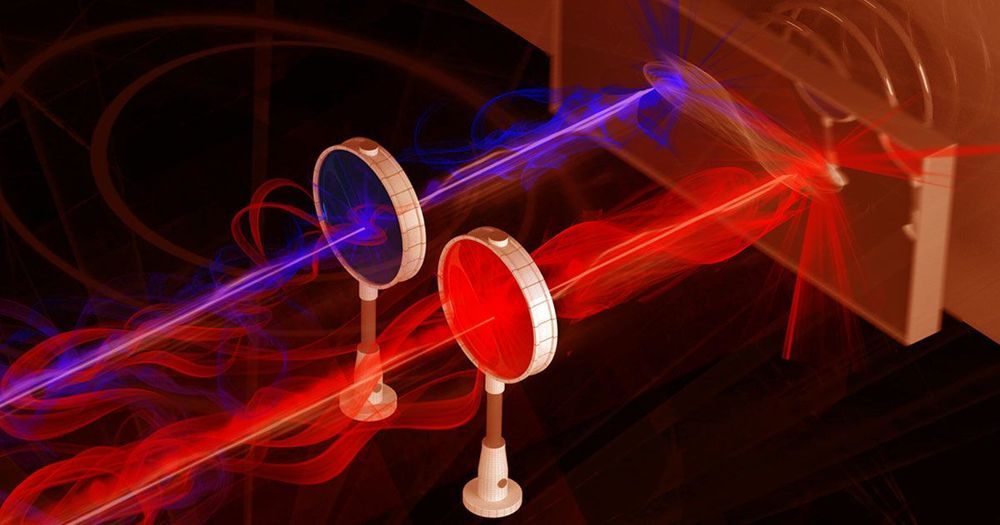A huge acceleration in the use of robots will affect jobs around the world, Oxford Economics says.



Yale researchers have discovered how metastasis, the spread of cancer cells throughout the body, is triggered on the molecular level, and have developed a tool with the potential to detect those triggers in patients with certain cancers. The discovery could lead to new ways for treating cancer.
The study was led by Andre Levchenko, the John C. Malone Professor of Biomedical Engineering and director of the Yale Systems Biology Institute at Yale’s West Campus. It was published June 26 in the journal Nature Communications. Levchenko is a member of the Yale Cancer Center.
One way metastasis occurs is through epithelial-mesenchymal transition (EMT), a process that breaks neighboring cells apart from each other and sets them in motion. It’s been long assumed that chemical signals or genetic changes in the cells trigger EMT. But Levchenko’s research team found that it could be caused by a simple change in the texture of the extracellular matrix (ECM), which acts as a scaffold for cells. They discovered that an alignment of the matrix’s fibers (a common biological occurrence) can trigger the EMT process without or other stimuli.


China isn’t the only country with a draconian “social credit score” system — there’s one quite a bit like it operating in the U.S. Except that it’s being run by American businesses, not the government.
There’s plenty of evidence that retailers have been using a technique called “surveillance scoring” for decades in which consumers are given a secret score by an algorithm to give them a different price — but for the same goods and services.
But the practice might be illegal after all: a California nonprofit called Consumer Education Foundation (CEF) filed a petition yesterday asking for the Federal Trade Commission (FTC) to look into the shady practice.

Scientists in Japan reported seeing two radioactive weather phenomena at the same time, for the first time, according to a new paper. The observation establishes a link between the two, adding to our knowledge of the wild physics that takes place inside thunderstorms.
The researchers reported the “unequivocal simultaneous detection” of a minute-long “gamma-ray glow” followed by a powerful, millisecond-long “terrestrial gamma-ray flash,” or TGF. Though scientists have observed these two events before, they don’t quite understand the connection between—the glows and flashes have never been observed together. That is, until now.


Blizzard and Snowflake, an albino alligator couple, are proud parents to the world’s first batch of albino alligator eggs, according to Wild Florida Airboats and Gator Park.
The park, which is located in Kenansville, Florida, announced that caretakers discovered eggs inside the pair’s exhibit, WFTV 9 News reported. The Wild Florida Airboats and Gator Park’s “Croc Squad” gathered the 19 albino alligator eggs and transported them to a secure space, FOX 10 News noted. A video on Facebook captured footage of the 19 rare eggs, which were super small in size.

To work, quantum computers have to be freezing cold, which makes connecting them to one another a challenge.
Now, for the first time, a team of researchers has found a way to create entangled radiation using a physical object — a move that could help connect future quantum computer systems to the outside world.
“What we have built is a prototype for a quantum link,” Shabir Barzanjeh, the engineer who led the project, said in a press release. “The oscillator that we have built has brought us one step closer to a quantum internet.”

Researchers at the Johns Hopkins University School of Medicine, in Baltimore, MD, conducted their investigation in a new mouse model of Parkinson’s disease.
The new model replicates a number of early and late signs and symptoms of Parkinson’s disease, including some that are not movement-related.
They used to call it RoboBee—a flying machine half the size of a paperclip that could flap its pair of wings 120 times a second. It was always tethered to a power source, limiting its freedom. Now, though, RoboBee becomes RoboBee X-Wing, as Harvard researchers have added solar cells and an extra pair of wings, freeing the robot to blast off to a galaxy far, far away. Or at least partway across the room, as it can sustain flight for only half a second, and only indoors.
But hey, baby steps. The teeniest of quadrotors measure a few inches across and weigh a third of an ounce. RoboBee X-Wing is about the same size as those untethered fliers, but weighs a hundredth of an ounce, which earns it the distinction of being the lightest aerial vehicle to manage sustained untethered flight. One day that could make it ideal for navigating tight, sensitive spaces in a galaxy very, very near.
You’ve read your last complimentary article this month. To read the full article, SUBSCRIBE NOW. If you’re already a subscriber, please sign in and and verify your subscription.